ICCT LCA study finds only battery and hydrogen fuel-cell EVs have potential to be very low-GHG passenger vehicle pathways
Green Car Congress
JULY 21, 2021
The ICCT has conducted a comprehensive global and temporal life-cycle assessment of GHG emissions from a variety of alternative passenger car powertrains and fuels. The life-cycle GHG emissions of cars registered in 2021 are compared with those of cars expected to be registered in 2030.


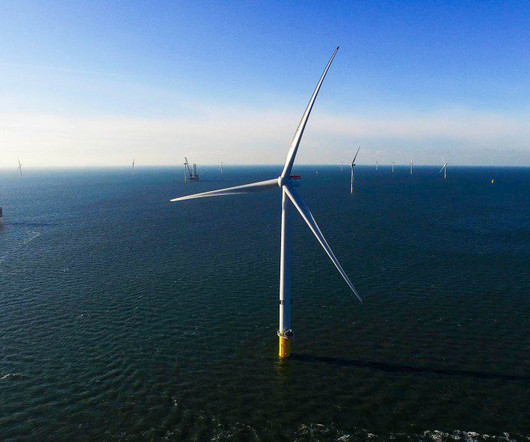









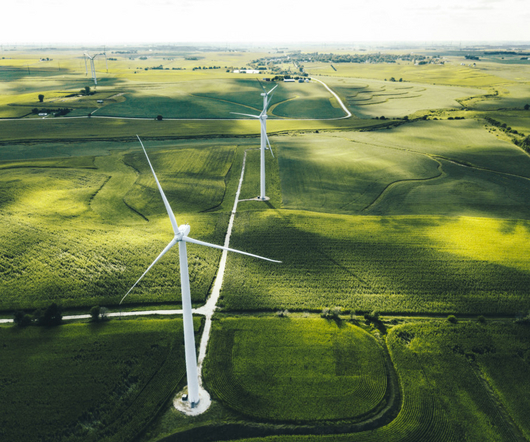
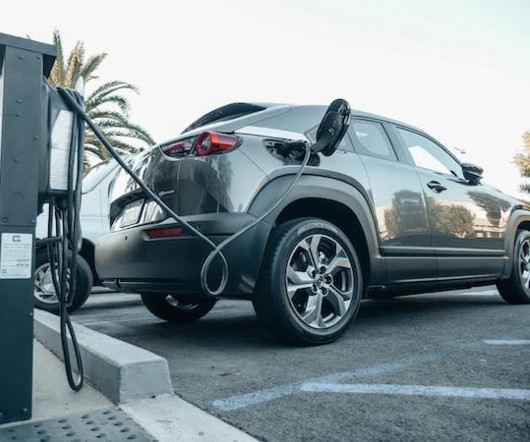
















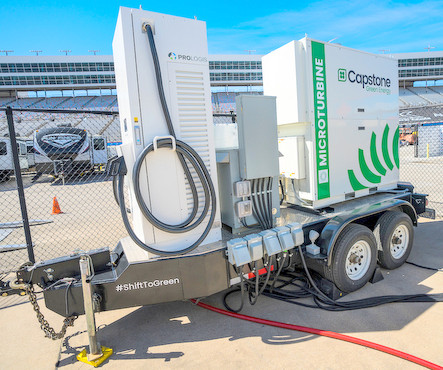
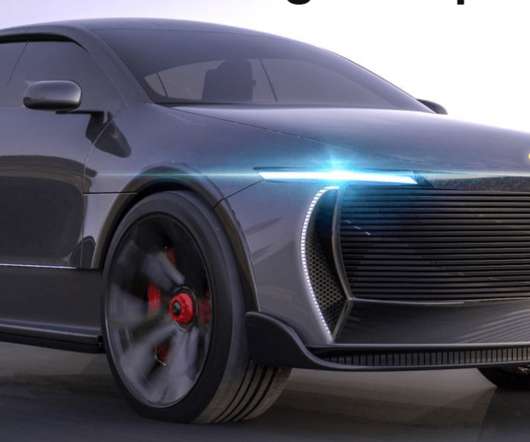


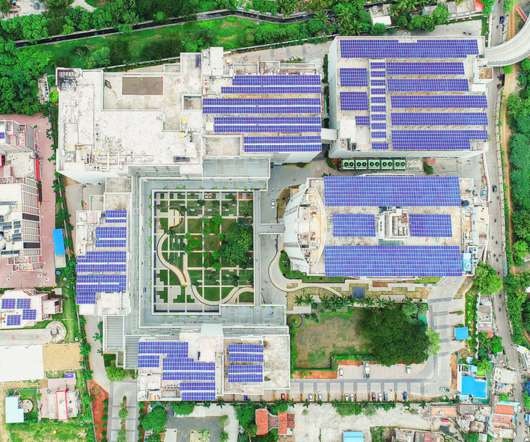
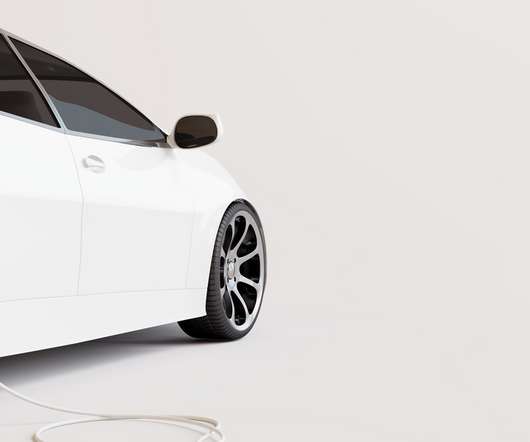

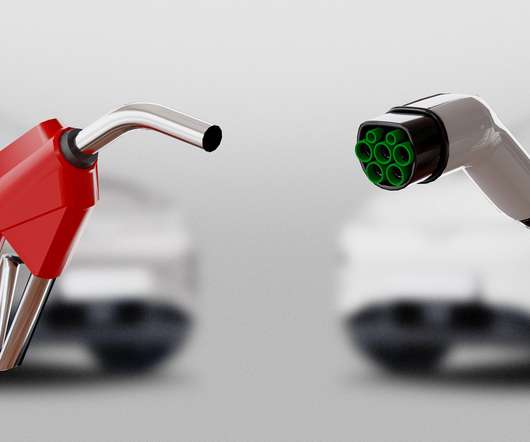










Let's personalize your content